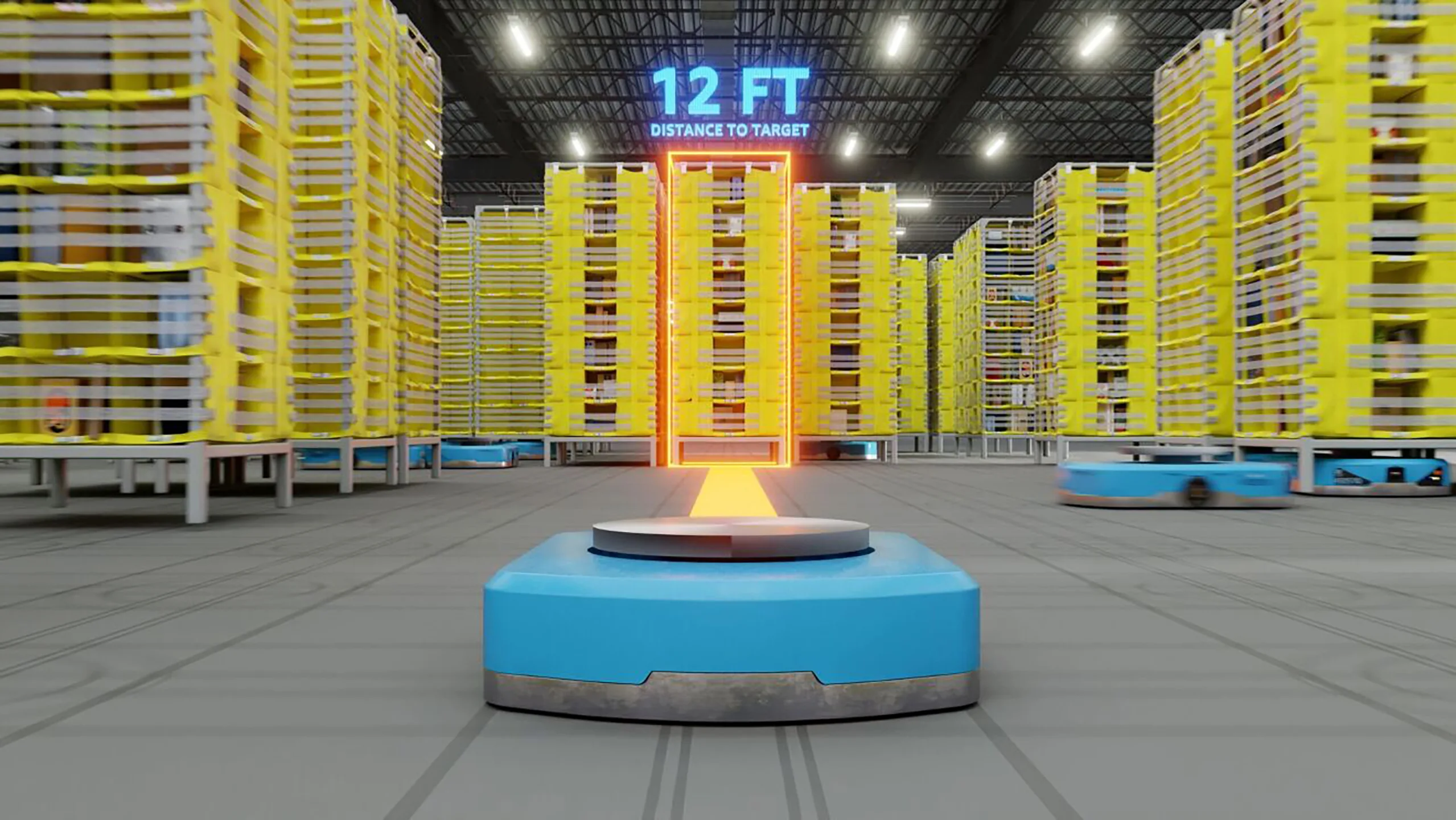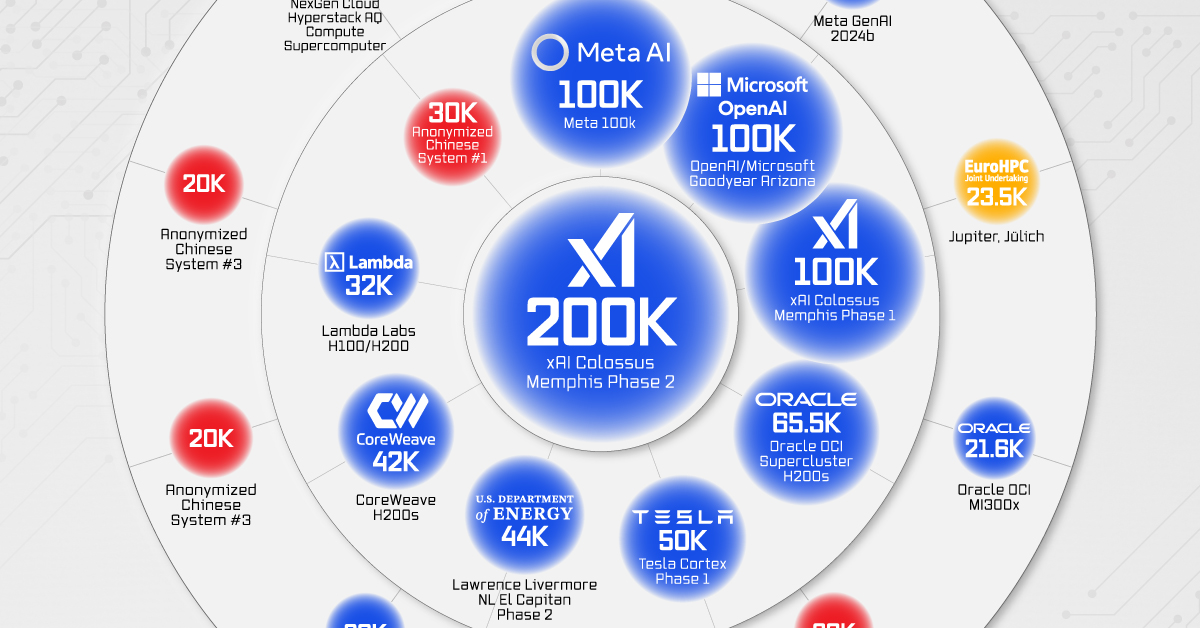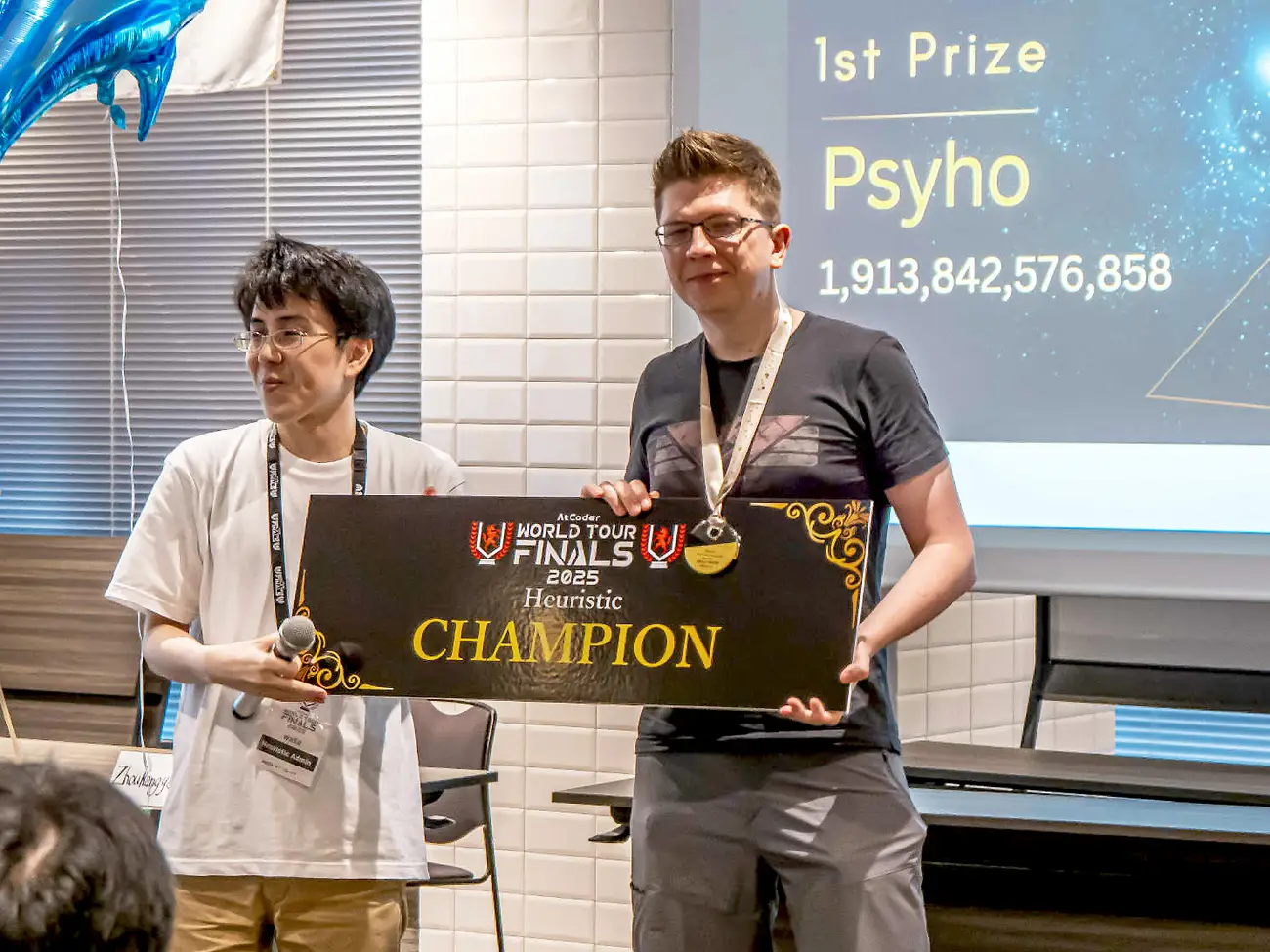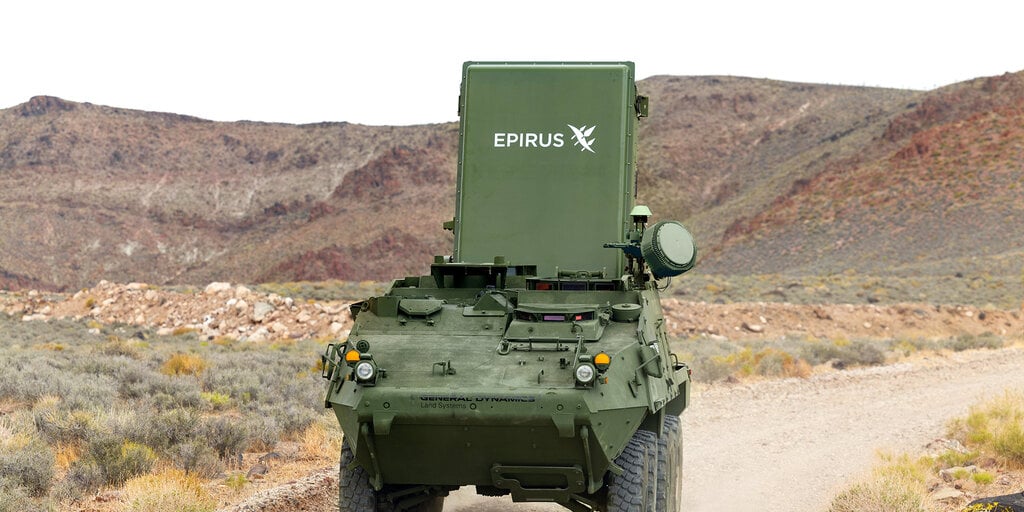- Vision Quest
- Posts
- This Week in Tech 82
This Week in Tech 82
AI thinks deeper, drives farther, and even falls in love.
Welcome to the cutting edge ⚔️
Read time: 11 min
Today’s Slate
AI steps off the screen: From warehouse robots to romantic chatbots, artificial intelligence is getting physical, emotional—and a little existential.
Lucid hits the highway: Hands-free driving rolls out this month, joining the race toward smarter, safer roads.
Oakley goes optical: Meta’s AI-powered smart glasses get a sportier upgrade with the new Oakley HSTNs.
Tesla serves nostalgia: Burgers, milkshakes, and movie clips—Tesla’s retro diner and Supercharger hub opens in LA.
Space gets signal: A successful space-laser test brings us closer to a Solar System Internet.
Microwaves vs. drones: A new defense system zaps swarms from the sky—no bullets required.
Teens build empires: Roblox is turning young coders into millionaires, outpacing even Steam.
AI’s inner thoughts at risk: Top researchers warn we may soon lose the ability to understand how AI thinks.
Ng’s next move: AI pioneer Andrew Ng launches a firm to help businesses turn AI ambition into action.
Human wins—maybe for the last time: A Polish coder beats OpenAI’s custom model in a 10-hour marathon.
AI lovers, IRL: Nearly 1 in 5 Americans have interacted with romantic chatbots. Critics scoff. Users connect.
Compute is king: The world’s most powerful AI supercomputers are reshaping the tech landscape—and the planet.
The. Future. Is. Here.
Artificial Intelligence
At a glance
Beyond the screen: Companies are shifting from digital-only AI (like chatbots) to embodied AI—robots that can move, sense, and interact in the physical world.
Digital twins meet real twins: AI-powered robots are being paired with digital twins to simulate and optimize real-world tasks in manufacturing and logistics.
Job transformation, not just automation: These robots aren’t just replacing workers—they’re reshaping roles, workflows, and even how jobs are defined.
From factories to fulfillment: Embodied AI is already being deployed in warehouses, factories, and even hospitals, handling tasks from inventory to patient support.
The next frontier: Experts say embodied AI could become as common as smartphones, blending physical presence with cognitive intelligence.
Our vision
The age of AI is stepping off the screen and into the real world. As embodied AI takes shape, it’s not just about replacing jobs—it’s about reimagining them. The question isn’t whether robots will work alongside us, but how we’ll work with them.
At a glance
Joint warning issued: Over 40 researchers from OpenAI, DeepMind, Anthropic, and Meta published a paper urging action on AI interpretability.
Chain-of-thought transparency: Modern AI models “think out loud” in human language, offering a rare window into their reasoning.
Fragile insight: Experts warn this transparency may vanish as models evolve, making it harder to detect harmful intentions.
Big names involved: Geoffrey Hinton, Ilya Sutskever, and other AI pioneers endorse the call to preserve monitorability.
Race against time: Researchers stress the urgency of developing tools to evaluate and improve AI reasoning before it’s too late.
Our vision
AI’s ability to “show its work” might be the key to keeping it safe—but that window is closing. As models grow more complex, the risk isn’t just what they can do, but whether we’ll still understand how they do it. The future of AI safety may hinge on keeping its thoughts readable.
At a glance
xAI leads the pack: Elon Musk’s Colossus Phase 2 in Memphis tops the list with 200,000 Nvidia H100 chip equivalents.
Meta, Microsoft, Oracle follow: Each operates clusters with 100,000+ H100 equivalents, fueling the AI arms race.
Compute is king: These superclusters are built to train massive AI models, with performance doubling every 13 months.
U.S. dominance: American tech giants are outpacing global rivals in AI infrastructure, with China trailing behind.
Environmental cost rising: The scale and energy demands of these systems are raising concerns about sustainability.
Our vision
AI’s future is being forged in data centers the size of cities. As compute becomes the new currency of innovation, the race to build bigger, faster superclusters is reshaping tech—and the planet. The question now isn’t who has the best model, but who has the most power.
At a glance
Human vs. AI showdown: Przemysław “Psyho” Dębiak, a Polish programmer, defeated OpenAI’s custom AI model at the 2025 AtCoder World Tour Finals in Tokyo.
Grueling 10-hour battle: Dębiak edged out the AI by 9.5% in a marathon coding contest focused on solving NP-hard optimization problems.
Heuristic over brute force: His creative, intuition-driven approach outperformed the AI’s raw optimization power.
No tools, no shortcuts: Competitors couldn’t use external libraries or documentation—just pure logic and adaptability.
A historic moment: Dębiak, a former OpenAI engineer, may be the last human to win such a contest as AI continues to evolve.
Our vision
In a world racing toward AI supremacy, this win is a powerful reminder: creativity and intuition still matter. Dębiak’s victory isn’t just a headline—it’s a human moment in a machine-dominated era.
At a glance
AI romance on the rise: 19% of Americans have interacted with chatbots designed for romantic companionship, and the trend is growing.
Media backlash: Critics like Jaron Lanier and Joe Rogan warn of societal decline, calling AI relationships “dystopian” and dehumanizing.
Real risks exist: Privacy issues, emotional dependency, and sudden loss of access are real concerns with AI companion apps.
But so do benefits: AI lovers offer affirming, conflict-free interactions that some find emotionally supportive and even therapeutic.
Human relationships aren’t perfect either: The article argues that AI romance shouldn’t be dismissed outright—it’s just a new form of connection.
Our vision
AI lovers aren’t replacing humans—they’re revealing what some people feel is missing from human connection. As the line between intimacy and interface blurs, maybe the real question isn’t “Is this normal?” but “Is this working for them?”
At a glance
New venture from a legend: AI pioneer Andrew Ng launches AI Aspire to guide companies through AI adoption and strategy.
Enterprise-first focus: The firm aims to help businesses move beyond pilot projects and into scalable, production-ready AI systems.
Education meets execution: AI Aspire blends Ng’s strengths in training and deployment, offering both strategic consulting and hands-on implementation.
Filling a market gap: Many companies struggle to operationalize AI—AI Aspire wants to be the bridge between ambition and execution.
Backed by experience: Ng’s track record includes Google Brain, Coursera, and Landing AI, giving the new firm instant credibility.
Our vision
Andrew Ng isn’t just teaching AI anymore—he’s building the infrastructure to make it work in the real world. With AI Aspire, he’s tackling one of the biggest bottlenecks in the industry: turning AI hype into business results.
Spatial Computing
At a glance
Sporty meets smart: Oakley HSTN smart glasses blend athletic style with Meta’s AI-powered features, similar to the earlier Ray-Ban models.
Voice assistant built-in: Users can interact with Meta AI for tasks like messaging, navigation, and real-time queries.
Camera upgrade: The onboard camera offers improved video capture, now capable of shooting in 3K resolution.
Battery boost: Battery life has been extended to up to 8 hours, a significant jump from the 3–4 hours typical of previous models.
Gesture-free control: Like other Meta smart glasses, the HSTNs rely on voice and touchpad input—no need for external controllers.
Lightweight and stylish: At just 100 grams, they’re designed for all-day wear without sacrificing aesthetics.
Our vision
Oakley’s HSTN smart glasses mark a stylish evolution in wearable tech—bringing Meta’s AI closer to everyday life in a form that feels less like a gadget and more like gear. With better battery, sharper video, and a sportier look, they’re not just smart—they’re wearable.
Transportation
At a glance
Rolling out July 30: Lucid Motors will release a software update enabling hands-free highway driving for its Air sedans.
Dream Drive Pro required: The feature is exclusive to vehicles equipped with the $2,500 “Dream Drive Pro” package, which includes 32 sensors—lidar, radar, cameras, and ultrasonics.
Eyes on the road: Drivers must remain attentive, with an infrared camera ensuring they’re watching the road—similar to systems from GM, Ford, and Tesla.
Limited to mapped highways: The system only works on pre-mapped, divided highways, and not yet on city streets or rural roads.
SUV support coming later: Lucid’s new Gravity SUV will get the feature in a future update, but only a handful have been delivered so far.
Our vision
Lucid’s hands-free highway driving is a major milestone—not just for the company, but for the maturing ADAS landscape. While it’s not full autonomy, it’s a confident step toward smarter, safer driving. The road ahead is still long, but Lucid just hit the gas.
Space
At a glance
Historic laser link: ESA scientists successfully used a laser to communicate with NASA’s Psyche spacecraft—165 million miles away—marking a major milestone in deep-space optical communication.
Two-way success: A laser was fired from Greece’s Kryoneri Observatory and received a return signal at Helmos Observatory, 23 miles away, after bouncing off Psyche.
Precision engineering: The test required pinpoint accuracy and ultra-sensitive receivers capable of detecting just a few photons after their interplanetary journey.
NASA-ESA collaboration: The test is part of NASA’s Deep Space Optical Communications (DSOC) experiment aboard Psyche, which is en route to a metal-rich asteroid beyond Mars.
More tests ahead: This was the first of four planned optical exchanges this summer, paving the way for faster, higher-bandwidth communication across the solar system.
Our vision
The internet is going interplanetary. With lasers replacing radio waves, space agencies are building the backbone of a Solar System Internet—one photon at a time. It’s not just about talking to Mars faster—it’s about preparing for a future where deep space is deeply connected.
Tesla’s long-delayed 1950s-inspired diner and charging location is finally opening
— The Verge (@verge)
9:21 PM • Jul 21, 2025
At a glance
Now open in LA: Tesla’s long-awaited retro diner and drive-in Supercharger station officially opens today, years after Elon Musk first teased the idea in 2018.
Comfort food with a twist: The menu includes burgers, fries (served in Cybertruck-shaped boxes), and milkshakes—classic Americana with a Tesla flair.
Entertainment while you charge: Giant outdoor screens play movie clips, and you can even watch from inside your Tesla. One of Tesla’s Optimus robots was spotted serving popcorn at a soft launch.
Supercharged experience: The site doubles as a high-capacity Supercharger hub, blending utility with brand immersion.
More to come?: Musk says if the concept “turns out well,” Tesla may roll out similar diners in other major cities and along long-distance routes.
Our vision
Tesla’s diner isn’t just a place to eat—it’s a brand experience. By turning EV charging into a nostalgic, cinematic event, Tesla is redefining what infrastructure can be. It’s not just about range—it’s about vibe. And if this one succeeds, it might just be the first of many.
Gaming
At a glance
Roblox’s creator economy explodes: Teen developers are earning millions by building hit games on the platform.
Bigger than Steam: Roblox now boasts 380 million monthly active users—nearly triple Steam’s user base.
Viral success stories: Games like Grow a Garden reached 21.3 million concurrent players, showing how fast UGC can scale.
Full creative control: Roblox offers tools for scripting, monetization, and cross-platform publishing, empowering young creators.
Not just a game: Roblox is evolving into a full-blown game development and publishing ecosystem for the next generation.
Our vision
Roblox isn’t just a game—it’s a launchpad. As teens turn code into cash and creativity into careers, the platform is redefining what it means to be a game developer. The next gaming unicorn might be a teenager with a laptop and a big idea.
Defense
At a glance
Microwave defense tech: A startup named Epirus has developed “Leonidas,” a high-powered microwave weapon that disables drones mid-air without bullets or lasers.
Drone swarm threat: With cheap, fast drones increasingly used in warfare, Leonidas offers a scalable solution to neutralize multiple targets simultaneously.
Silent and precise: The system emits targeted microwave bursts that fry drone electronics, causing them to crash instantly.
Pentagon interest: The U.S. military is actively testing Leonidas, viewing it as a potential game-changer for battlefield defense.
Portable and modular: Unlike bulky missile systems, Leonidas can be mounted on vehicles or deployed in fixed locations, making it versatile for various combat scenarios.
Our vision
Leonidas isn’t just a weapon—it’s a warning. As drone warfare evolves, so must our defenses. Microwave systems like this could redefine airspace control, offering silent, scalable protection in a world where threats come in swarms.
How did you like this week's edition? |
Find out why 1M+ professionals read Superhuman AI daily.
In 2 years you will be working for AI
Or an AI will be working for you
Here's how you can future-proof yourself:
Join the Superhuman AI newsletter – read by 1M+ people at top companies
Master AI tools, tutorials, and news in just 3 minutes a day
Become 10X more productive using AI
Join 1,000,000+ pros at companies like Google, Meta, and Amazon that are using AI to get ahead.












